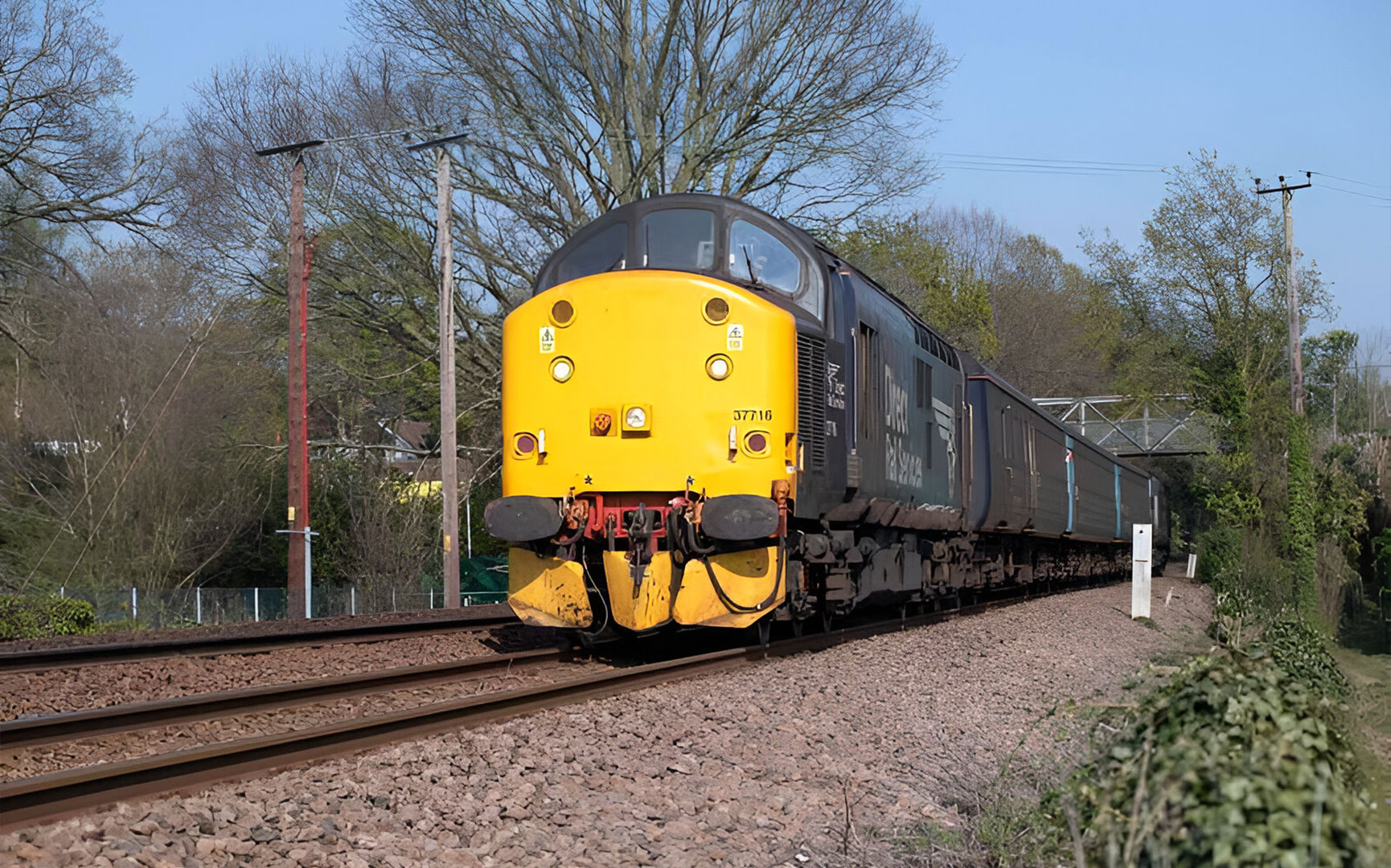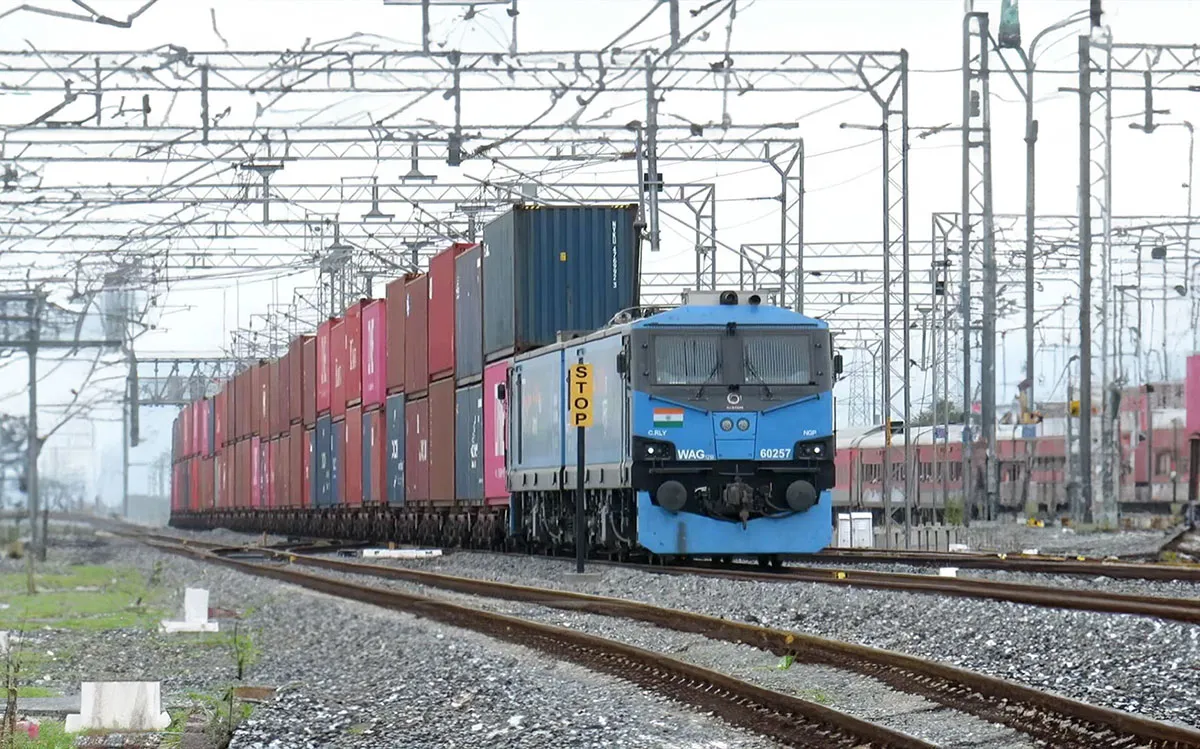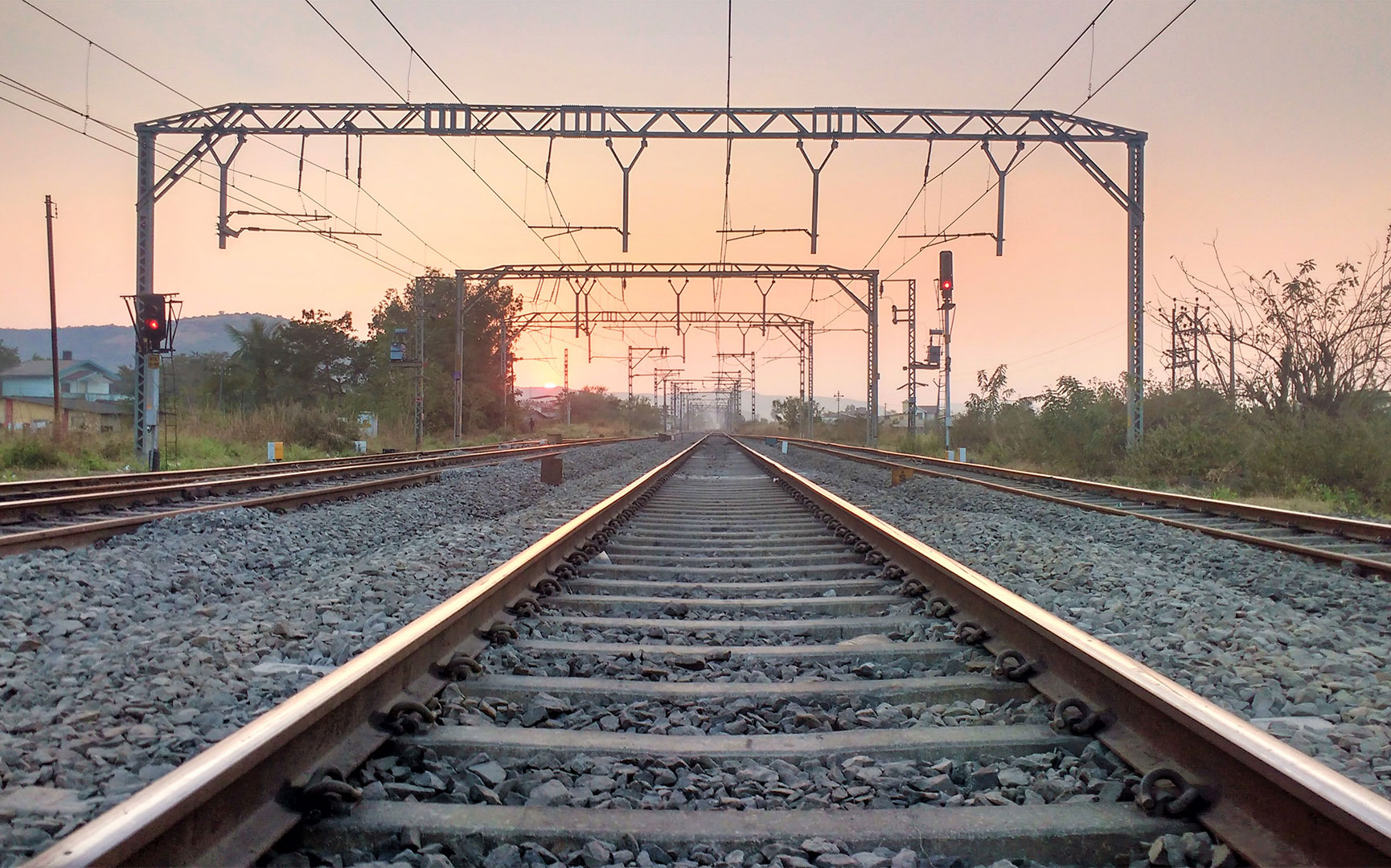

Frauscher Sensor Technology has completed the divestiture to Wabtec Corporation.
Find Out MoreNotification Center

The Sini-Chandil railway line is a crucial rail connection located in the state of Jharkhand, which lies in the eastern coastal region of India. This railway line holds significant strategic importance for the entire region, and now incorporates Frauscher solutions, including the Frauscher Advanced Counter FAdC®, Wheel Sensor RSR180 and the Frauscher Insights applications Diagnostics and Motion.
The Sini-Chandil railway line in Jharkhand, India, is a vital connection for passengers and goods in the region. Initially, it used a direct current (DC) track circuit system, which faced challenges like waterlogging and frequent breakage of insulated joints, especially during the monsoon season. To address these issues, Indian Railways upgraded to the Frauscher Advanced Counter FAdC® together with Wheel Sensor RSR180. Thanks to the renowned reliability and availability of these solutions, the operator was able to achieve higher system uptime, greater system reliability and lower maintenance costs alongside an array of additional benefits. Moreover, the robust design of the Wheel Sensor RSR180, coupled with its IP68-certified protection against water and dust ingress, enables it to withstand extreme environmental conditions, including flooding, making it an ideal solution for this project.

Proactive and predictive maintenance
Thanks to Frauscher Insights, the operator was able to undertake proactive and predictive maintenance procedures, increasing line availability and reducing maintenance costs.
Efficient railway operations
Frauscher Advanced Counter FAdC® together with the Wheel Sensor RSR180 are reliable systems that deliver smoother, safer and more efficient rail operations with increased uptime and reduced maintenance costs.
Highly resistant to harsh weather conditions
Wheel Sensor RSR180 has a robust design with IP68 protection, making it suitable for projects in harsh environments, including frequent flooding at the trackside.
Additionally, Frauscher Insights, a digital cloud based diagnostic platform was implemented to further optimise railway operations and enable the customer to undertake preventive and predictive maintenance. Frauscher Insights is an intelligent data platform which collects and enriches data obtained from train detection and makes them accessible through the applications Frauscher Insights Diagnostics and Motion, allowing the operator to derive additional value from their data. Frauscher Insights Diagnostics offers in-depth system overviews via a clear dashboard, facilitating proactive maintenance, while Frauscher Insights Motion digitises field service coordination, streamlining workflows and centralising information.
Frauscher Insights benefited the railway operator by significantly reducing system failures and improving overall network efficiency. By providing real-time data, the platform enabled early detection of potential issues, allowing proactive repairs and minimising disruptions. This led to smoother traffic flow, fewer delays, and increased line capacity, as more trains could operate on the same infrastructure. The system also reduced the need for routine inspections by focusing on areas likely to encounter issues, saving time and resources. When failures did occur, Frauscher Insights Diagnostics helped engineers to quickly identify root causes, further minimising downtime. As a cloud-based system, it provides easy remote access to data, enhancing operational flexibility. Combined with the Frauscher Advanced Counter FAdC® and Wheel Sensor RSR180, Frauscher delivered a reliable, holistic and cost-effective solution tailored to the operator's needs.



